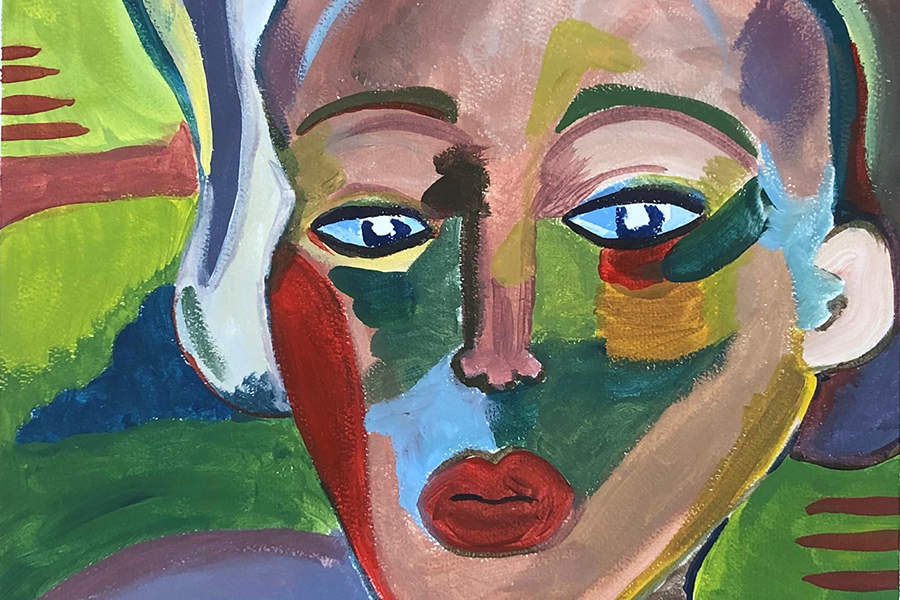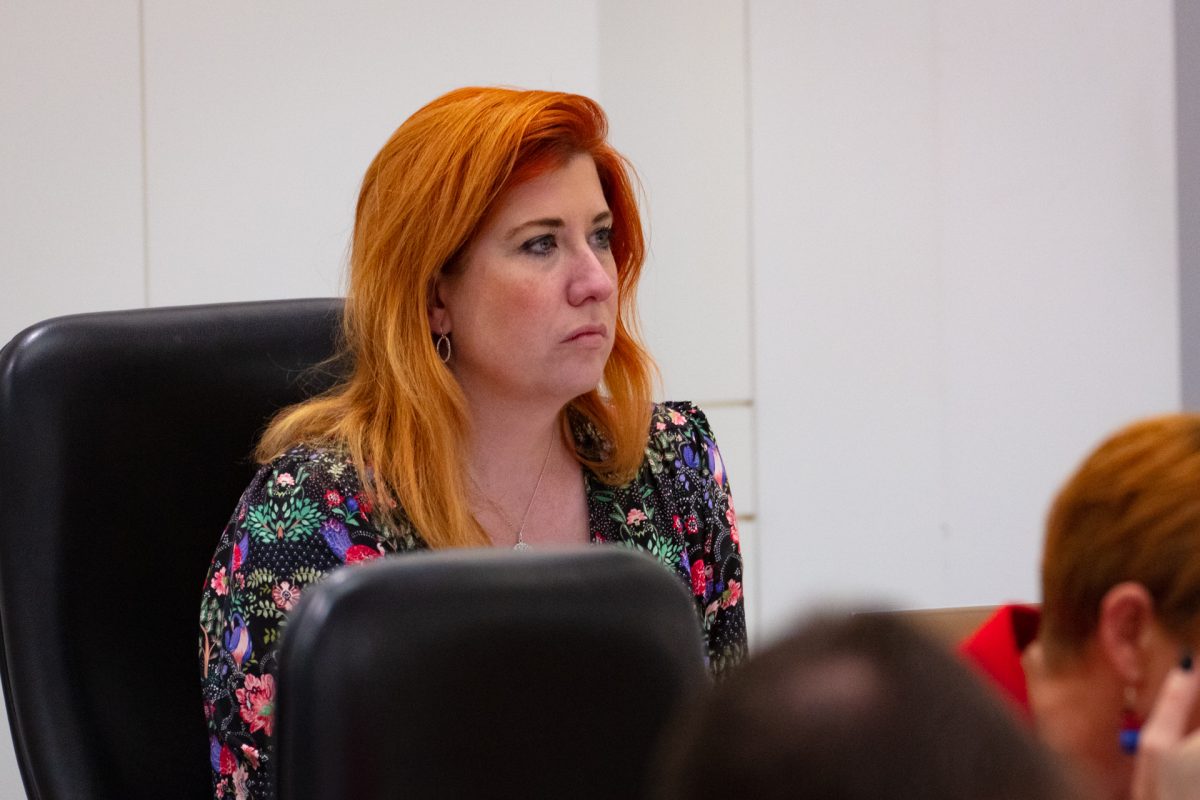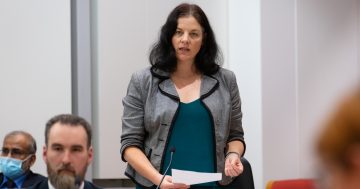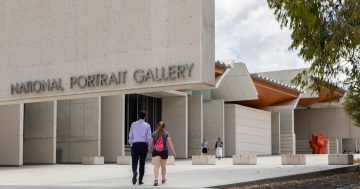
Not happy: Arts organisations fear for their budgets and staff, but the government insists it has their backs. Image: Tuggeranong Arts Centre.
Canberra’s arts organisations are up in arms about how the ACT Government has indexed arts funding for 2024, which they say will mean arts staff salaries falling further behind as the cost of living surges, threatening the loss of skills and the viability of the sector.
In a letter to Arts Minister Tara Cheyne, the arts organisations have accused the government of shortchanging them and ignoring its own policy committing to fair pay for arts workers.
But the government disputes this and insists the organisations have not been misled.
The government advised the arts organisations on 11 October that indexation for funding from the Arts Organisation Investment Program and Arts Centre Investment Program would not be applied until July 2024.
It also told the arts organisations that current funding levels, which began in January 2023, “already incorporated any increases for indexation that artsACT has received over (2022-23 and 2023-24)”.
But the arts organisations say that while they understand that funding deeds provide that indexation is paid “from 2024, if available, and to be determined by the Territory”, they were not advised that current funding included two indexation increases and that they would have to budget accordingly.
They say this will make it impossible for them to keep pace with rising costs and pay their staff a fair wage.
“The advised approximate indexation for July 2024 is 2.5 per cent, an effective annual increase of 1.25 per cent for the year, compared to the RBA’s estimate of CPI to December 2023 of 4 per cent,” the letter says.
“This compounds a history of inadequate funding indexation for ACT arts organisations, with 2022-23 indexation being 2.25 per cent compared to Australian CPI at the time of 6.1 per cent.”
The letter says the decision is also out of step with other indexation calculated for Territory bodies, such as the Community Services Directorate, where 2023-24 funding is indexed at 5.25 per cent.
“In July 2023, award wages and superannuation increased by a combined 6.25 per cent, and these are real costs arts organisations must bear,” the letter says.
The letter cites the government’s Remuneration Principles and Practices for Artists and Arts Workers, which states that “experience and expertise should be recognised in remuneration levels”, “remuneration practices should reflect good practice rather than minimum standards” and “artists and arts worker fees should be ring-fenced to ensure they are protected against budget overruns”.
The letter says it is critical that funding indexation matches CPI so that arts worker salaries do not go backwards, warning that if arts workers’ experience and expertise grow and their pay decreases, they will find work elsewhere.
“This is far from good practice and threatens the viability of the sector,” the letter says.
“Providing this advice less than three weeks before 2024 Revised Program and Budget submissions are due makes ring-fencing salaries next to impossible and disrupts months of planning for every arts organisation.
“We call on the ACT Government to act in accordance with its own policies, to provide indexation to ACT arts organisations on 1 January 2024, to establish clear and transparent indexation principles for future years, and to guarantee that indexation will reflect real increases in costs of business for organisations and cost of living for workers.”

Arts Minister Tara Cheyne: is funding matching her vision for the arts? Photo: Thomas Lucraft.
But a government spokesperson said the arts organisations were mistaken.
“Funding is provided to arts organisations on a calendar year basis. As a result, indexation received in 2023-24 was incorporated in the base funding for organisations in 2023,” the spokesperson said.
“This meant that indexation in 2023-24 has already been passed on to organisations.
“The indexation to be applied from 2024-25 will be passed on, with the amount to be determined by the Territory as outlined in the Deed of Grant.”
The spokesperson said the government would not usually pay indexation in the first year of funding.
“This is the base funding level, and indexation is paid when available in the following financial year.” the spokesperson said.
The spokesperson said that under the Arts Organisation Investment Program, organisations had up to five years of stable funding but were responsible for ensuring that their activities and services were supported within their resources.
Organisations were also expected to explore other revenue sources, including raising funds through their own activities, venue hire, sponsorships and other government funding.
In 2021, Ms Cheyne released a Statement of Ambition to position Canberra as Australia’s arts capital, coupled with budget announcements worth an additional $13 million for artists, arts organisations and facilities.
In October 2022, the government announced from 2023, over $9 million a year would be provided to 29 Canberra arts and cultural organisations and arts centres under the Arts Organisation Investment Program, including additional funding committed in the 2022-23 Budget of over $3 million over the next four years.
“The government is incredibly proud to support the work these organisations are doing to collectively support that vision, and this funding goes towards the delivery of activities that meet the three strategies in Canberra: Australia’s Arts Capital – a statement of ambition for the Arts,” the spokesperson said.
The indexing decision would not be reviewed.




















